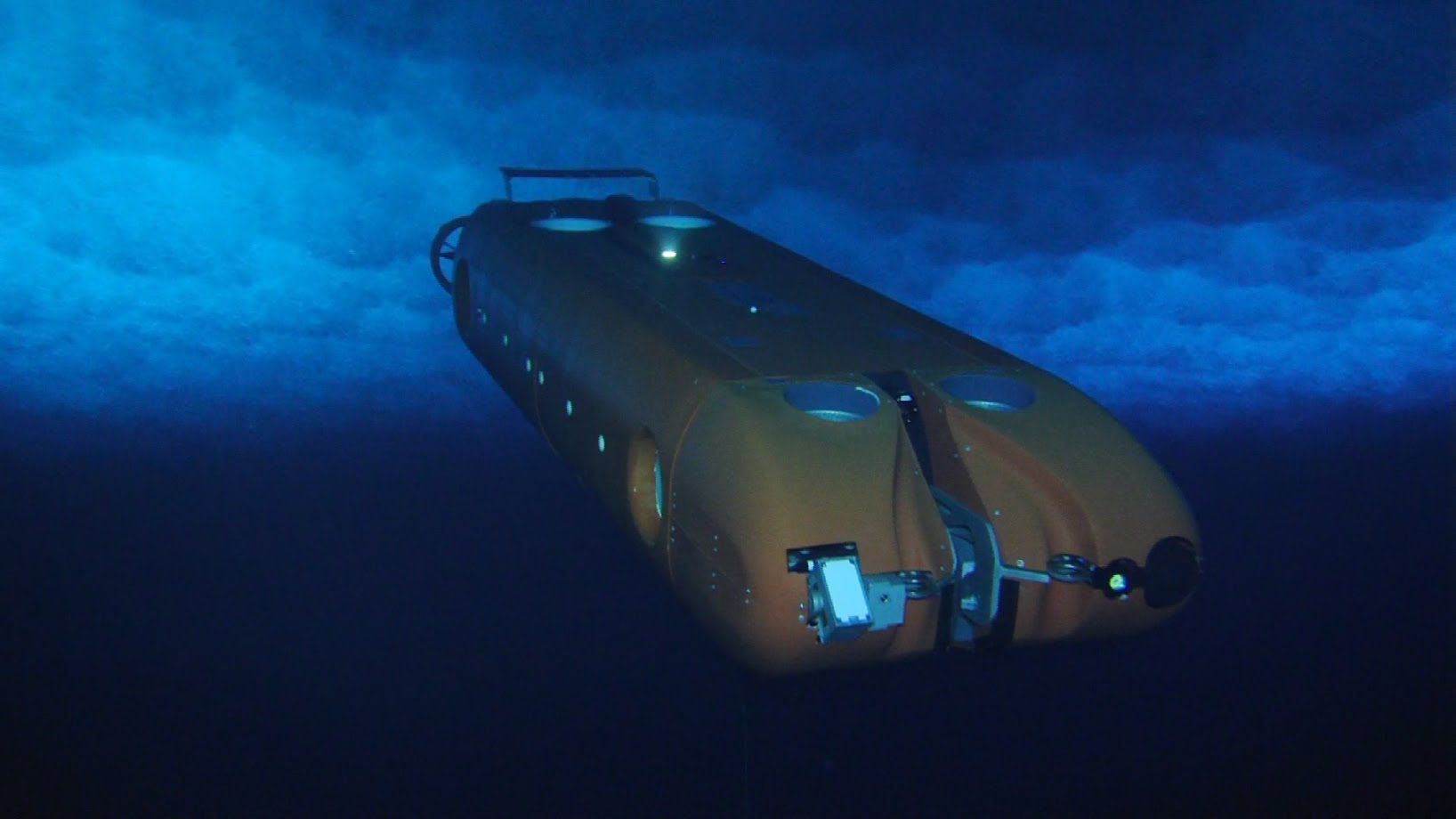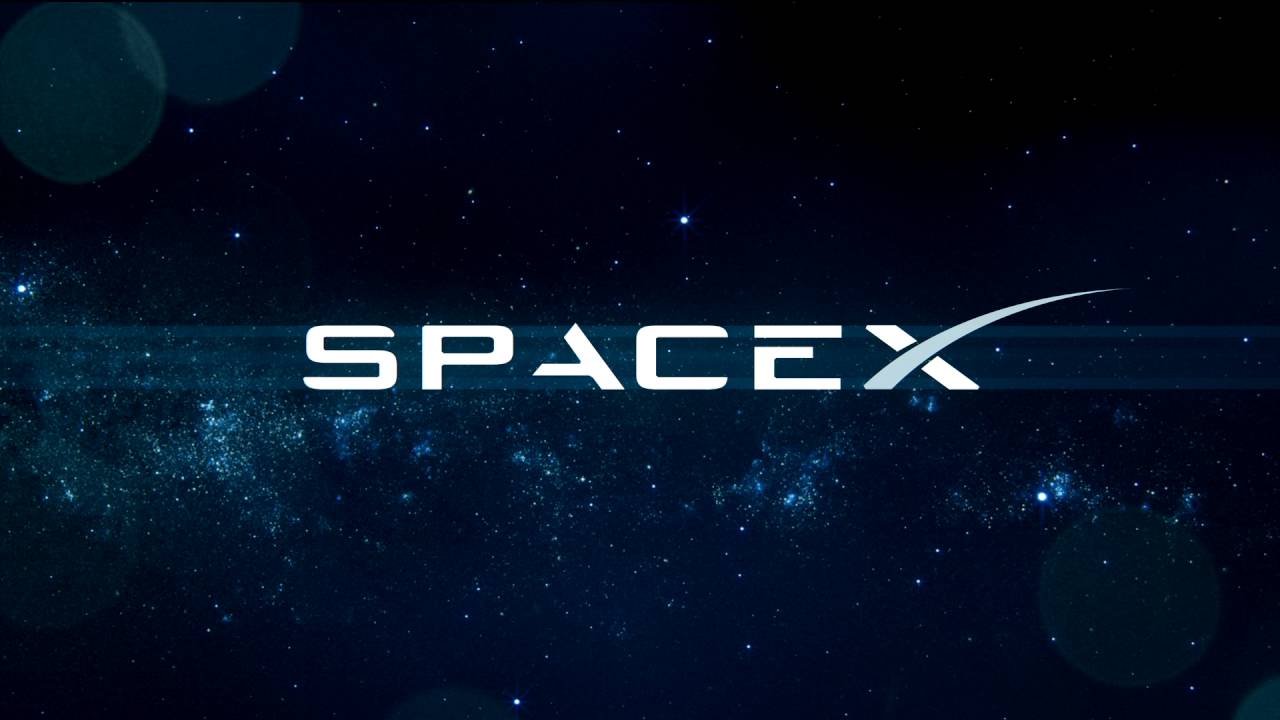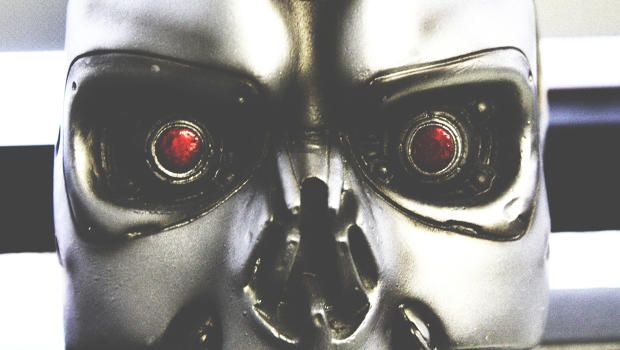Page 10822
Sep 30, 2016
If There’s Life on Europa, Robots Like These Will Find It
Posted by Klaus Baldauf in categories: robotics/AI, space travel

The exploration of Europa begins under the ice in Antarctica.
That’s where a team of researchers, led by the Georgia Institute of Technology (Georgia Tech), has been testing a variety of robotic subs in recent years to learn about what technologies will work best when NASA eventually launches a mission to Jupiter’s icy moon.
Continue reading “If There’s Life on Europa, Robots Like These Will Find It” »
Sep 30, 2016
These Dudes Played IRL Space Invaders
Posted by Elmar Arunov in categories: drones, space
Sep 30, 2016
IBM Just Made Artificial Neurons to Help Computers Mimic Our Brains
Posted by Elmar Arunov in categories: computing, neuroscience
In Brief.
Scientists at IBM achieve another breakthrough by recreation of artificial neurons that successfully respond to phase changes due to electric signals while using very little power, much like the human brain.
Even after all the developments in computers, the human brain remains by far, the most complex, sophisticated, and powerful computer in existence. And for decades, scientists have been looking for ways to translate its processing mechanisms into a system that machines can replicate.
Continue reading “IBM Just Made Artificial Neurons to Help Computers Mimic Our Brains” »
Sep 30, 2016
Tech Giants Team Up To Devise An Ethics Of Artificial Intelligence
Posted by Elmar Arunov in categories: ethics, robotics/AI
Amazon, Facebook, Google DeepMind, IBM, and Microsoft announced the Partnership on AI, which will research ways to use the tech responsibly.
Sep 30, 2016
Practical business advice for building great customer relationships
Posted by Elmar Arunov in category: business
Unconscious biases can play a role in what type of people get hired, promoted and fired in the workplace. Unfortunately, we all have unconscious biases. Though, some have more problematic (racist and/or sexist) ones than others. That’s why diversity consulting startup Paradigm and HR platform Emtrain have co-launched an online course to teach people how to manage their unconscious biases.
Managing Unconscious Bias, a two-year online course, monitors employee progress and identifies unconscious bias “hotspots” in the workplace. The course implements video, dialogue and other activities to engage employees. It also gathers and shares feedback from those participating, and provides anonymized data to employers.
“This is really facilitating an online dialogue,” Emtrain CEO Janine Yancey told me. “It’s an ongoing program and dialogue, and what I’m excited about is soliciting some of these personal experiences that people might not otherwise feel comfortable sharing.”
Continue reading “Practical business advice for building great customer relationships” »
Sep 29, 2016
Elon Musk just unveiled a critical piece of his plan to save humanity
Posted by Shane Hinshaw in categories: Elon Musk, space travel

https://youtube.com/watch?v=A1YxNYiyALg
Tech billionaire Elon Musk is convinced that we must colonise Mars with a million people if the humanity is to survive long-term. To that effect in 2008, he almost went broke funding SpaceX – his then-new aerospace company – to keep developing next-generation rockets.
And on Tuesday, at a challenging moment in the 14-year-old company’s history, Musk plans to unveil his grand vision: to turn Mars into a “backup drive” and save humanity.
Continue reading “Elon Musk just unveiled a critical piece of his plan to save humanity” »
Sep 29, 2016
IBM Neuromorphic chip hits DARPA milestone and has been used to implement deep learning
Posted by Karen Hurst in categories: information science, robotics/AI, supercomputing
IBM delivered on the DARPA SyNAPSE project with a one million neuron brain-inspired processor. The chip consumes merely 70 milliwatts, and is capable of 46 billion synaptic operations per second, per watt–literally a synaptic supercomputer in your palm.
Along the way—progressing through Phase 0, Phase 1, Phase 2, and Phase 3—we have journeyed from neuroscience to supercomputing, to a new computer architecture, to a new programming language, to algorithms, applications, and now to a new chip—TrueNorth.
Fabricated in Samsung’s 28nm process, with 5.4 billion transistors, TrueNorth is IBM’s largest chip to date in transistor count. While simulating complex recurrent neural networks, TrueNorth consumes less than 100mW of power and has a power density of 20mW / cm2.
Sep 29, 2016
IARPA To Develop Early-Warning System For Cyberattacks
Posted by Karen Hurst in categories: business, cybercrime/malcode, government, robotics/AI
The Intelligence Advanced Research Projects Activity has launched a multi-year research and development effort to create new technologies that could provide an early warning system for detecting precursors to cyberattacks. If successful, the government effort could help businesses and other targets move beyond the reactive approach to contending with a massive and growing problem.
IARPA, part of the Office of the Director of National Intelligence, says the three-and-a-half year program will develop software code to sense unconventional indicators of cyber attack, and use the data to develop models and machine learning systems that can create probabilistic warnings.
Current early warning systems are focused on traditional cyber indicators such as activity targeted toward IP addresses and domain names, according to IARPA program manager Robert Rahmer. The first stage, lasting 18 months, will examine data outside of the victim network, such as black market sales of exploits that take advantage of particular software bugs. The second and third phases, 12 months each, will examine internal target organization data and look for ways to develop warnings and transfer any tools that emerge from the research from one organization to another, he said.
Continue reading “IARPA To Develop Early-Warning System For Cyberattacks” »
Sep 29, 2016
ReadCoor will commercialize the Wyss Institute’s (FISSEQ) fluorescent in situ RNA sequencing technology
Posted by Karen Hurst in categories: biotech/medical, business, engineering, neuroscience
Boston-based startup completes $23 million Series A financing to leverage novel imaging platform of gene locations towards gaining diagnostic insights and delivering therapeutics for cancer, immuno-oncology, infectious diseases, neurological and neuromuscular diseases, brain function and cognitive disorders
BOSTON—(BUSINESS WIRE)—ReadCoor, Inc., today announced completion of an oversubscribed $23 million Series A financing round and its concurrent launch from Harvard University’s Wyss Institute for Biologically Inspired Engineering. ReadCoor will commercialize the Wyss Institute’s FISSEQ (fluorescent in situ sequencing) technology.
















